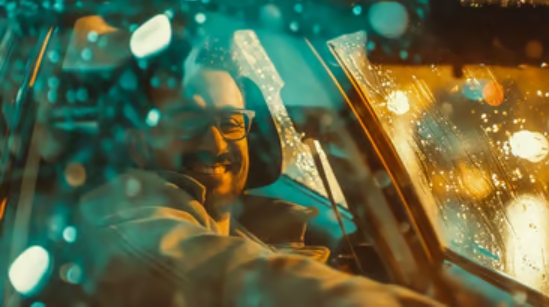Title: Exploring the Blurred Lines Between Fiction and Reality in Literature
Introduction:
Literature has always been a reflection of reality, but it also transcends the tangible world, inviting readers to explore the fantastical, the surreal, and the imagined. The lines between fiction and reality are often blurred, creating a space where readers can question, interpret, and find meaning in both the real and the imagined. This article delves into the ways in which literature challenges the boundaries between fiction and reality, and the impact this has on readers and society.
The Role of Metaphor and Symbolism:
One of the primary ways in which literature blurs the lines between fiction and reality is through the use of metaphor and symbolism. Authors employ these literary devices to convey deeper meanings, often drawing parallels between fictional events and real-world issues. For example, George Orwell’s “1984” uses a dystopian setting to explore the dangers of totalitarianism and the erosion of personal freedom, which resonates with real-world concerns about surveillance and authoritarianism.
Magical Realism and the Fabric of Reality:
Magical realism, a genre that intertwines the ordinary with the extraordinary, further blurs the lines between fiction and reality. Writers like Gabriel García Márquez and Salman Rushdie create worlds where magical events occur within the context of everyday life, challenging readers to question what is real and what is imagined. This genre often serves as a commentary on cultural identity, history, and the human condition, making it a powerful tool for exploring the complexities of reality.
Autobiographical Fiction:
The genre of autobiographical fiction further complicates the distinction between fiction and reality. Authors such as Jean-Jacques Rousseau and Maya Angelou have written works that are based on their own lives but are presented as novels. These works often mix factual events with fictional elements, blurring the lines between the author’s life and the narrative they create. This genre raises questions about the nature of truth, memory, and the process of transforming personal experiences into art.
The Impact of Historical Fiction:
Historical fiction is another genre where the lines between fiction and reality are often blurred. By setting fictional narratives within real historical contexts, authors can explore historical events from different perspectives, illuminate lesser-known aspects of history, or use the past to comment on the present. Works like “The Book Thief” by Markus Zusak and “Wolf Hall” by Hilary Mantel immerse readers in historical periods while also engaging with universal themes and contemporary issues.
The Role of the Reader:
The reader plays a crucial role in determining where the lines between fiction and reality lie. The act of reading is an interpretative process, where readers bring their own experiences, beliefs, and perspectives to the text. This means that the boundary between fiction and reality can shift depending on the reader’s engagement with the text. The subjective nature of reading allows for a personal and unique experience that can challenge and expand one’s understanding of both the fictional and the real world.
The Digital Age and the Metafictional Narrative:
In the digital age, the lines between fiction and reality are further blurred by the rise of metafictional narratives and digital storytelling. Works that are self-referential, that is, they comment on the process of their own creation, challenge traditional notions of narrative and reality. Additionally, digital platforms enable new forms of storytelling, such as interactive fiction and virtual reality narratives, which collapse the boundaries between the reader and the story, creating an immersive experience that is both real and imagined.
Conclusion:
The blurred lines between fiction and reality in literature serve as a testament to the power of storytelling to reflect, distort, and expand upon the world we live in. Literature allows us to explore complex themes, question our perceptions, and engage with the human experience in a deeper way. As we continue to navigate the complexities of the digital age and the evolving landscape of storytelling, the boundary between fiction and reality will remain a dynamic and essential aspect of our literary journey.
